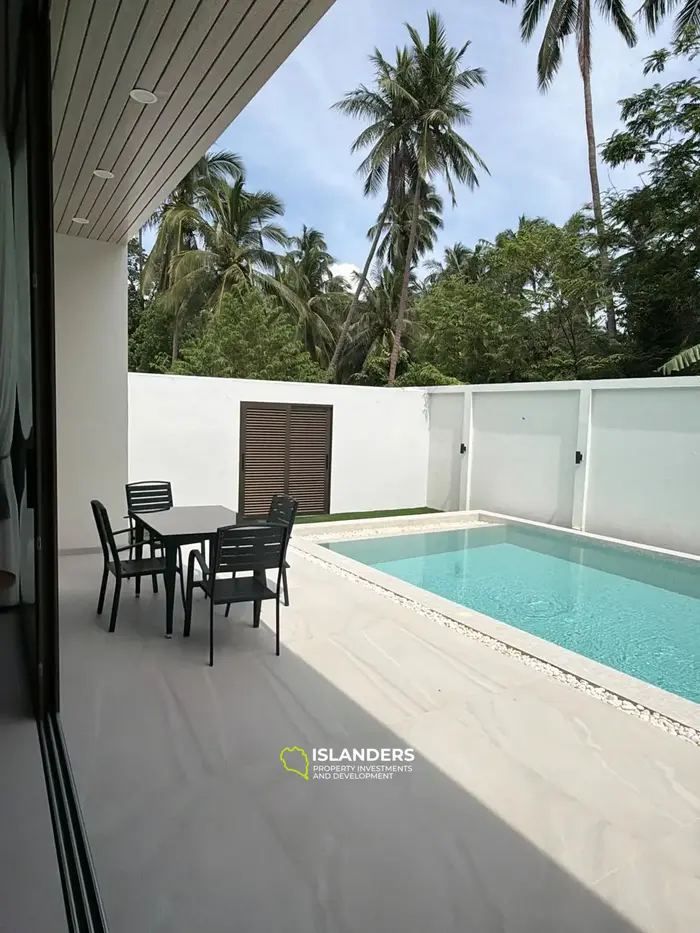The Gulf of Thailand: Geography, Ecology, Economy, and Tourism
Introduction
The Gulf of Thailand (also known as the Siam Gulf) is a warm, shallow gulf in the western part of the South China Sea. It borders the southeastern coast of Thailand, as well as parts of Cambodia, Vietnam, and Malaysia. The gulf plays a crucial role in the region’s economy and ecology and is a popular tourist destination due to its scenic islands, white sandy beaches, and rich marine life.
1. Geographic Location and Characteristics
The Gulf of Thailand is located in Southeast Asia and is bordered by several countries:
- West and northwest – the coastline of Thailand
- Northeast – southern Cambodia
- East – southern Vietnam
- South – the Malay Peninsula and the South China Sea
The gulf connects to the South China Sea through the Malacca Strait and Vietnam's southern waters.
Main Characteristics
- Area: ~320,000 km²
- Average Depth: 45 m
- Maximum Depth: ~80 m
- Water Temperature: Between +26°C and +30°C
- Salinity: ~32–34 parts per thousand
The gulf is relatively shallow, as it was formed by the flooding of lowland areas during the last Ice Age.
2. Ecology and Marine Flora & Fauna
The Gulf of Thailand has a unique ecosystem, but it faces environmental threats related to pollution, overfishing, and climate change.
Flora and Fauna
- Coral Reefs: The gulf has extensive coral reefs, especially around Samui, Phangan, Tao, and the Mu Ko Ang Thong archipelago.
- Fish: A large variety of species, including barracuda, grouper, stingrays, and clownfish.
- Mammals: The gulf is home to dugongs (sea cows) and rare species of dolphins, such as pink dolphins.
- Turtles: Green sea turtles and hawksbill turtles nest on some of the gulf’s islands.
Environmental Threats
- Oil and plastic pollution. Major pollution sources include shipping, tourism, and fishing industries.
- Overfishing. Intensive commercial fishing has led to a decline in certain fish populations.
- Climate change. Rising sea temperatures threaten coral reefs, causing bleaching and ecosystem disruptions.
3. Economic Role
The Gulf of Thailand is vital to the region’s economy, generating income from fishing, trade, tourism, and resource extraction.
Fishing Industry
The Gulf of Thailand is one of the largest fishing areas in Southeast Asia. It supplies seafood such as shrimp, squid, and tuna, but overfishing has led to the depletion of some species.
Oil and Gas Industry
The gulf contains significant reserves of oil and natural gas. Major extraction sites are operated by Thailand, Malaysia, and Vietnam.
Trade and Ports
Several major ports operate in the Gulf of Thailand:
- Laem Chabang (Thailand) – one of the largest ports in Southeast Asia.
- Bangkok Port – Thailand’s main commercial port.
- Sihanoukville (Cambodia) – Cambodia’s key port.
- Vung Tau (Vietnam) – an important Vietnamese trade hub.
4. Tourism
The Gulf of Thailand is one of the most popular tourist destinations in the world, attracting millions of visitors annually.
Popular Islands and Resorts
- Koh Samui – A highly developed resort island known for beaches, luxury hotels, and nightlife.
- Koh Phangan – Famous for the Full Moon Party, along with beautiful beaches and peaceful bays.
- Koh Tao – A top scuba diving and snorkeling destination.
- Pattaya – One of Thailand’s most famous entertainment and nightlife hubs.
- Sihanoukville – Cambodia’s largest coastal resort, known for beaches and casinos.
- Phu Quoc – A Vietnamese island known for eco-tourism and white sandy beaches.
Types of Activities
- Diving and snorkeling. Koh Tao, Koh Phangan, and Koh Samui are famous for their coral reefs and marine biodiversity.
- Yachting and kayaking. The gulf is popular for boat trips, island-hopping, and kayaking.
- Eco-tourism. National parks such as Mu Ko Ang Thong offer stunning landscapes and hiking trails.
5. Historical Significance
The Gulf of Thailand has a rich history linked to trade routes, wars, and cultural exchanges.
- In ancient times, the gulf was part of maritime trade routes between China, India, and Southeast Asia.
- From the 16th to the 19th century, the gulf saw naval battles between various kingdoms, including Thailand and Vietnam.
- During World War II, Japan used the gulf for military operations.
Conclusion
The Gulf of Thailand is not only a picturesque location with rich natural resources, but also a key economic and tourist hub in Southeast Asia. However, its ecosystem faces growing threats, making it crucial to promote sustainable tourism and responsible fishing to preserve its unique environment for future generations.





